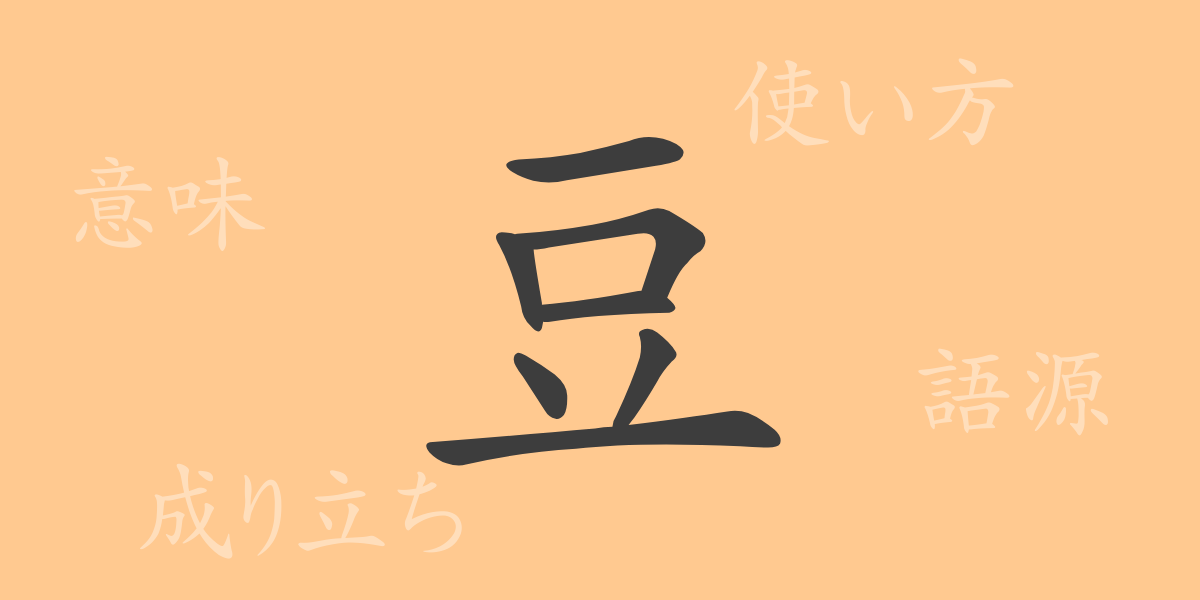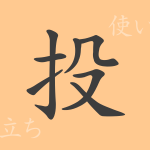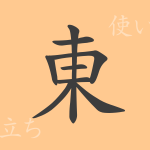Japanese culture and language are imbued with rich history and meaning. Among them, ‘豆 (まめ)’ transcends being merely an ingredient, appearing in numerous idioms, phrases, and proverbs, deeply rooted in our lives. This article delves into the charm of the Kanji ‘豆’, unraveling its origins to its contemporary usage.
Origins of ‘豆 (まめ)’
The Kanji ‘豆’ originated in ancient China, where it depicted a vessel for storing legumes. This form developed into a character meaning a container, and eventually came to denote the legumes placed within it. Over time, ‘豆’ has become intertwined not only with food culture but also various cultural elements.
Meaning and Usage of ‘豆 (まめ)’
In modern Japanese, ‘豆’ primarily refers to legumes as food items. It appears in names of diverse food products like tofu (豆腐), natto (納豆), and soy milk (豆乳). It is also used in metaphorical expressions and idiomatic phrases.
Readings, Stroke Count, and Radical of ‘豆 (まめ)’
The Kanji ‘豆’ has multiple readings, which are used according to context.
- Readings: On’yomi ‘トウ’, Kun’yomi ‘まめ’
- Stroke Count: 7 strokes
- Radical: 豆部 (まめぶ)
Phrases, Idioms, and Proverbs Using ‘豆 (まめ)’
The Kanji ‘豆’ is featured in many idioms and proverbs. For instance, ‘豆腐の角に頭をぶつけて死ぬ’ analogously describes an extremely rare occurrence, while ‘豆の腐るよう’ signifies something that takes an exceptionally long time. These expressions encapsulate Japanese wisdom and humor, conveying culture through words.
Conclusion on ‘豆 (まめ)’
The Kanji ‘豆’, despite its simple form, holds extensive meanings and is widely used in Japanese. Integral to food culture and linguistic expressions, ‘豆’ remains a vital component of Japanese life. Through this article, we hope you have gained an appreciation for the depth of ‘豆’.

























